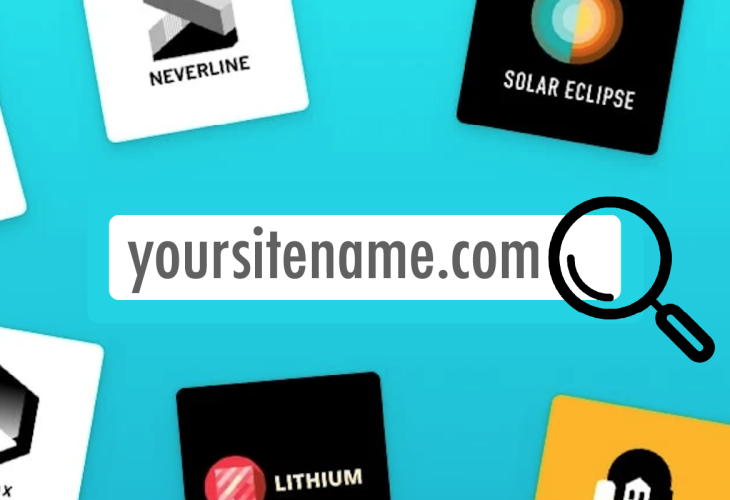How to Name Your Online Store – 5 Important Tips to Get You Started
Setting up and running a successful online store is a stressful process. Few people realise just how many different skillsets you need to develop to get an e-commerce site off of the ground.
Yet, no matter how daunting launching an online store might be, nothing causes sleepless nights quite like coming up with a killer brand name for your new business venture.

If you’re feeling stuck and frustrated by the process of naming your future online store, grab a pen and paper and contemplate these 5 tips to get the creative juices flowing and help get your business off of the ground:
Top Tips for how to name your online store:
1. Keep it Short and Simple
There are several good reasons to keep your online store’s name short and snappy:
Firstly (and most importantly) it helps make your brand more memorable. This is vitally important when you’re first starting out, especially if you’re running a business like an Etsy or Shopify store where you’ll be relying heavily on word of mouth as you start out.
If someone tells their friend about your great new store, then you should really make sure it’s easy for them to recall the name. Your new potential customers need to be able to quickly input your store name into a search engine, and to do that, they need to remember your brand!
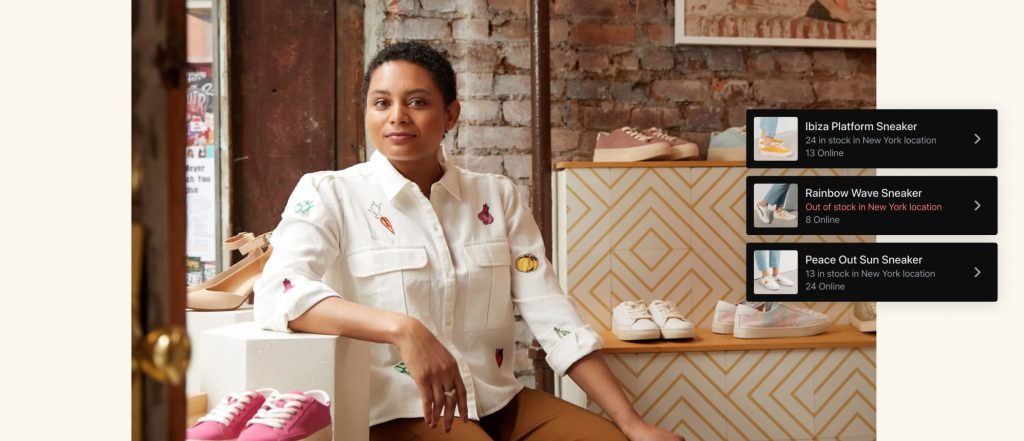
Secondly, keeping your brand name short and sweet helps with your store’s aesthetics. It’s much harder for a designer to achieve a pleasing looking logo when they’re working with a long and ungainly name.
In addition, you need to keep your name (and logo) short enough in length so it can easily display on a small smart-phone screen without being difficult to read.
Top Tips For Getting it Right First Time
- There’s nothing wrong with choosing an abstract name (or even a made up word). Just be mindful about difficult pronunciation and spelling.
- If you’re thinking of using a longer and more descriptive name, stick to two main words and experiment with alliteration, such as “Snack Shack” or “Dunkin’ Donuts”
- It’s OK to use multiple words, just experiment with how they flow: “Bold and Beautiful” works. “Gemma’s Online Discount Jewellery Store” isn’t so great!
- Use the Shopify Business Name Generator Tool! – it’s free, quick and easy, and will probably throw out some great suggestions which you hadn’t previously thought of…
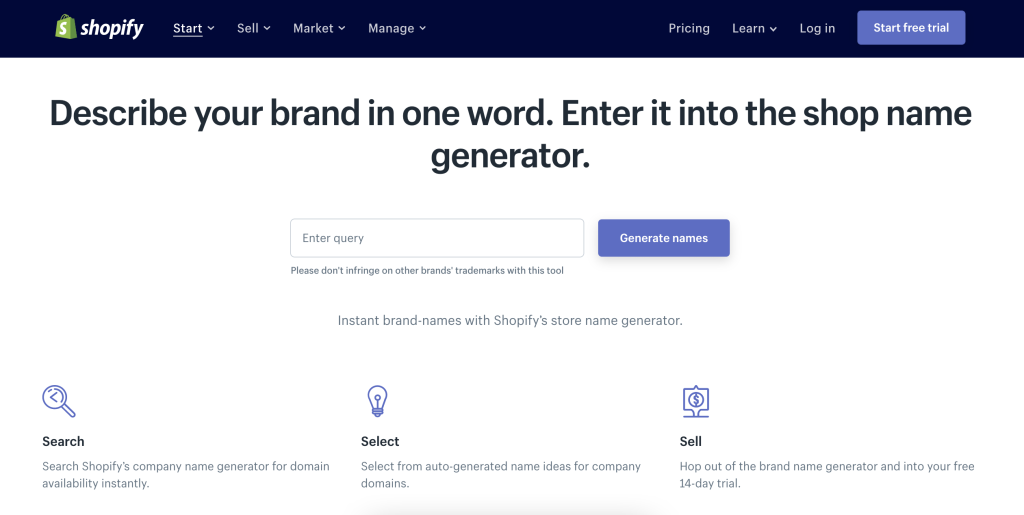
As a general tip – if you’re stuck for inspiration on anything related to eCommerce and online stores – just check out Shopify.com… Shopify is the leading eCommerce platform, so why not read up on what they have to say and check out their site for examples and inspiration?!
Still Stuck? Try Using Your Own Name!
Using your own name in the title of your online store can be a great way to get things rolling if you’re really stuck for inspiration. It does come with a few caveats though:
- Naming an online store after yourself works best in scenarios where you’re offering a personalised or custom service.
- Using your own name can be a great solution if you sell items in multiple, hard to define genres, or you plan on pivoting into a new niche the future.
- Until you and your name are well known, using your own name makes it harder for a shopper to instantly identify what you’re offering.
- Using your own name can also make it difficult for more entrepreneurial types to sell on their store at a later date.
2. Don’t Follow the Herd
Just because every other online store in your niche uses the same set of familiar words in their branding doesn’t mean you should follow suit.
For instance, if you’re looking to set up an antiques store and all your competitors have names like “York Antiques” or “John Smith’s Antiques”, that doesn’t mean you should do the same.
It’s easy to look at established businesses online and presume that a great deal of thought went into the naming of their brands. This is mostly confirmation bias. When those brands started out, they probably had just as much difficulty in finding a suitable name as you’re having right now!
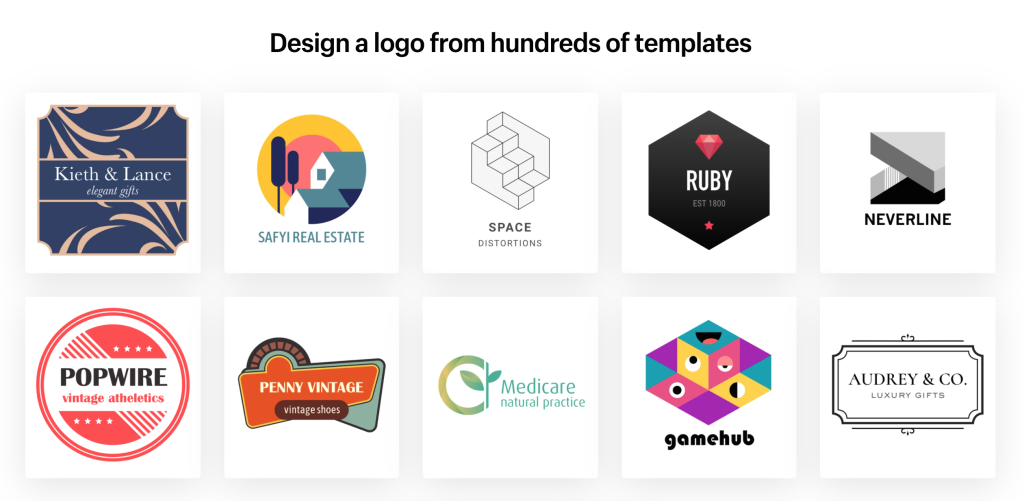
Once a brand becomes established, they begin to “wear in” their name like a comfortable pair of shoes. What initially might have sounded a little odd, quickly becomes normal with time and success. Just look at some of the heavy hitters like Skype, Google and even Amazon!
3. Think About Where You’ll be Selling
This consideration isn’t simply about your geographic location, it’s about what platforms you’ll be selling on.
Are you planning to use Amazon? How about Etsy or eBay? None of those stores require domain names, but they will require you to create a memorable username.
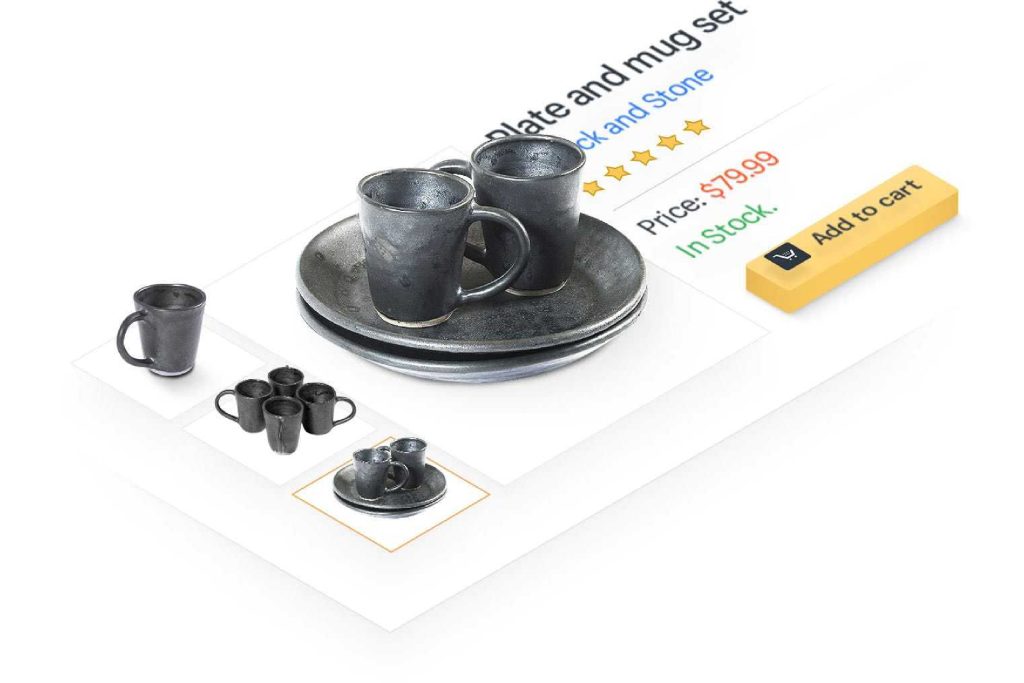
In some cases, you’ll also be allowed to customise the link to your storefront (much like a Facebook or Twitter profile), so it’s prudent to check the big players and make sure your ideal name is available there.
4. Don’t Worry About Domain Names
There are many, many myths out there when it comes to domain names. Let’s dispel some of the major ones immediately…
A “.com” domain name is still seen as preferable to all other domains.
In some cases, that’s a hangover to the old days where a .com would show up in Google ahead of all other TLD’s (domain name endings).
This is no longer the case at all. So don’t let that influence your choice. All the domain endings (even the new ones like .store) will show up equally well in search results.
Now, that doesn’t mean a .com domain isn’t worth having. The world still recognises .com as the de-facto suffix / ending for a reputable website. If you can find a .com, it’s always preferable. It’s totally agnostic to geographical region, and much more memorable than the newer alternatives.
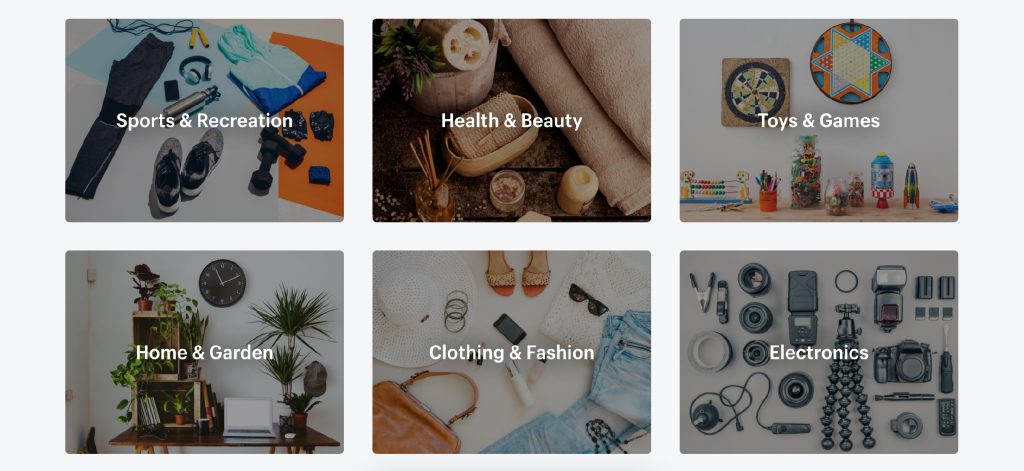
The biggest problem you’ll come across these days with .com domain names is availability. Virtually all of them have been snapped up. With that in mind, your next choice should be a geographic ending such as .co.uk – if you’re mainly selling in the UK for example.
Failing that, just pick one of the hundreds of new TLDs and try not to over think the process too much.
Remember: A memorable, well designed brand always beats a weak brand with a prestigious domain ending.
5. Check and Check Again
Before you buy domain names and begin to design your brand, do some very thorough research to check that your store name isn’t used elsewhere.
It’s important to check for existing registered businesses, but much more important to conduct some exhaustive Google searching to see what your brand name throws up…
Are there several competitors in your niche with similar names?
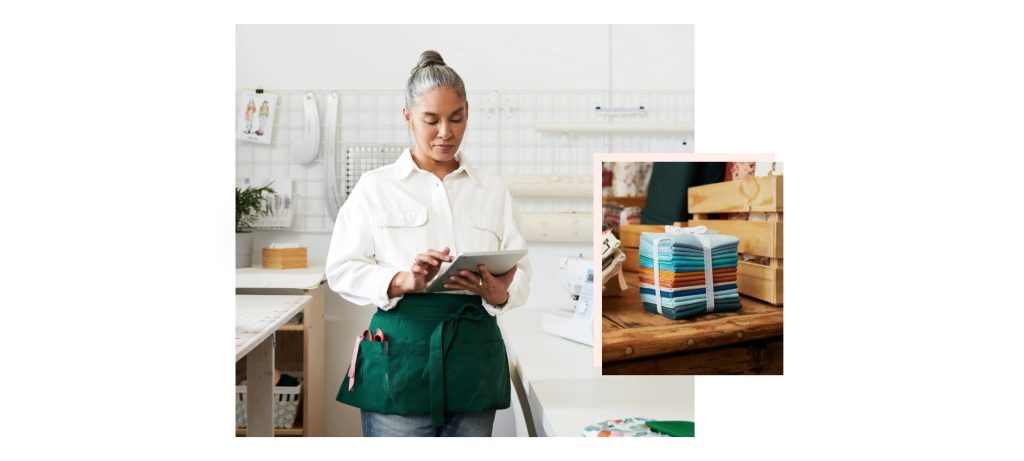
Perhaps you’ve accidentally named your store after something dubious or x-rated?
The internet is a big place. Avoid an embarrassing naming error before spending your hard-earned cash on domains and branding.
Feeling Overwhelmed?
Finding the right brand name for your online store can be a long and thankless task. Yet it’s absolutely vital to put time and energy into getting your brand right before setting up your business.
For new entrepreneurs, a great deal of business comes from referrals and word of mouth. It’s extremely important to make sure your store doesn’t miss out on potential sales because of an awkward or hard to spell brand name.
Hopefully we’ve gone some way towards answering the question of how to name your online store, but to recap on what we’ve already covered –
2 Steps to get started…
As a great starting point – why not use the free Business Name Generator tool here on Shopify, and then after that – put a few names through the free logo maker on Hatchful…
Step 1 – Business Name Generator
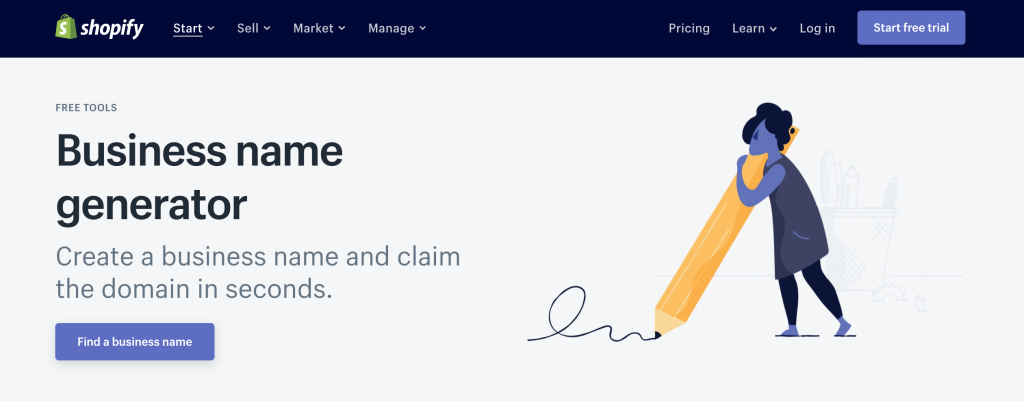
Step 2 – Check how it looks as a Branded Logo with the free Logo Maker

Best of luck, and happy creating!
